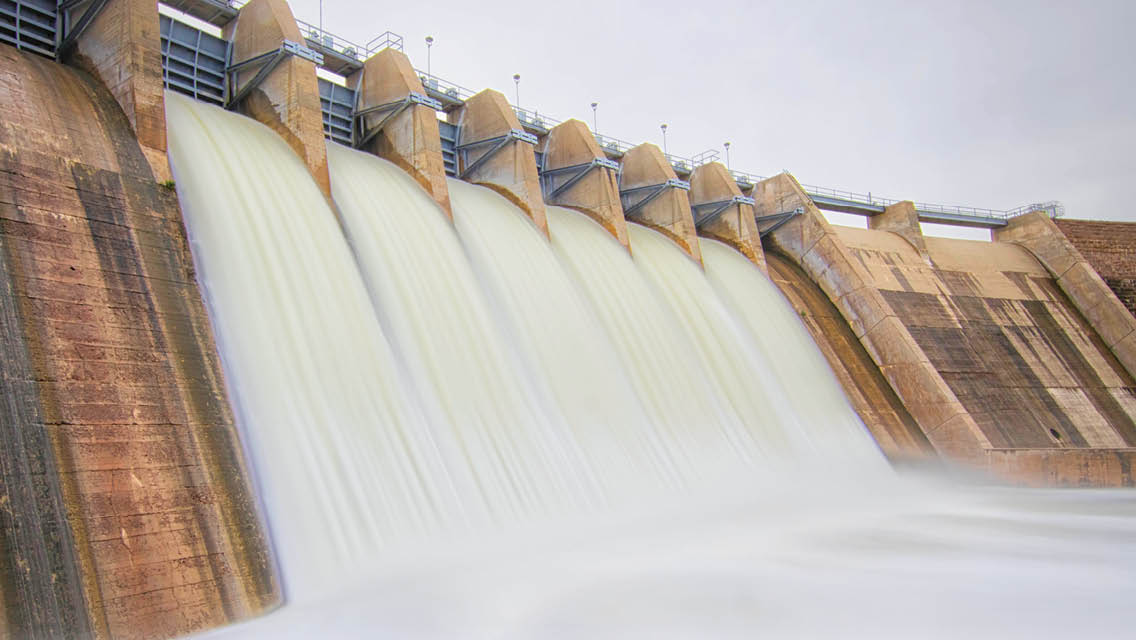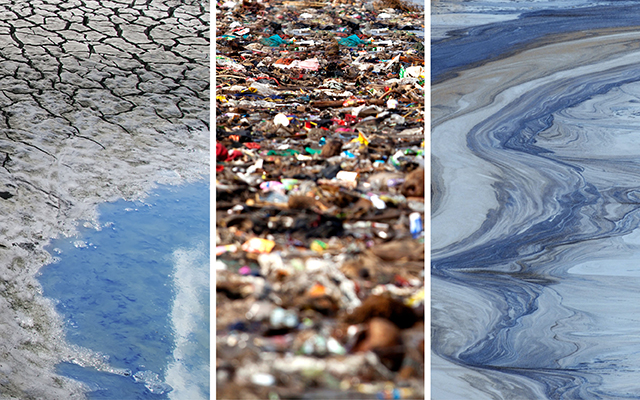If we think about it at all when we flush the toilet, it may be reassuring to imagine that a modern wastewater-treatment facility deftly removes all the harmful substances before finally sending a splash of pristine water into some nearby river, lake, or ocean. The reality, however, is not so comforting.
As marine ecologist Stephanie Wear, PhD, a leader at the nonprofit Ocean Sewage Alliance, concludes in a recent study published in Biological Conservation, our treatment plants are struggling to keep up with a steadily increasing volume of waste, as well as chemical compounds that evolve faster than filtering technology. As a result, more than 1.2 trillion gallons of untreated sewage flows into U.S. waters each year.
Some, though not all, of the problem originates in our toilet bowls. The caffeine, antibiotics, antidepressants, and even microplastics we ingest and eventually deposit there as part of our human waste tend to evade filtering mechanisms at treatment facilities and land in our waterways.
Once there, the drugs can inhibit the growth and reproduction of fish — and even alter their behavior — while untreated fecal matter can trigger algae blooms and other environmental hazards.
“We found that 31 percent of salt marshes globally were heavily polluted with human sewage. We are destroying the ocean with our pollutants.”
The oceans are facing a similar assault. Wear and her team tracked the presence of a common anti-inflammatory drug, diclofenac, in salt marshes to determine the extent of the problem. “We found that 31 percent of salt marshes globally were heavily polluted with human sewage,” she tells Nautilus. “We are destroying the ocean with our pollutants.”
Wear’s organization aims to “re-potty-train the world” in response. To do so, she explains, leaders of the conservation and public-health sectors need to work together to develop more-effective sewage-treatment technologies — including affordable, resource-capturing toilets — while also exploring natural solutions, such as wetland construction.
“Prioritization of cross-sector collaboration at that level,” she argues, “has the potential to catalyze new approaches and increase our chance of turning wastewater into a valuable resource, instead of a source of death and disease for people and nature.”
This article originally appeared as “Wastewater Woes” in the April 2023 issue of Experience Life.





This Post Has 0 Comments